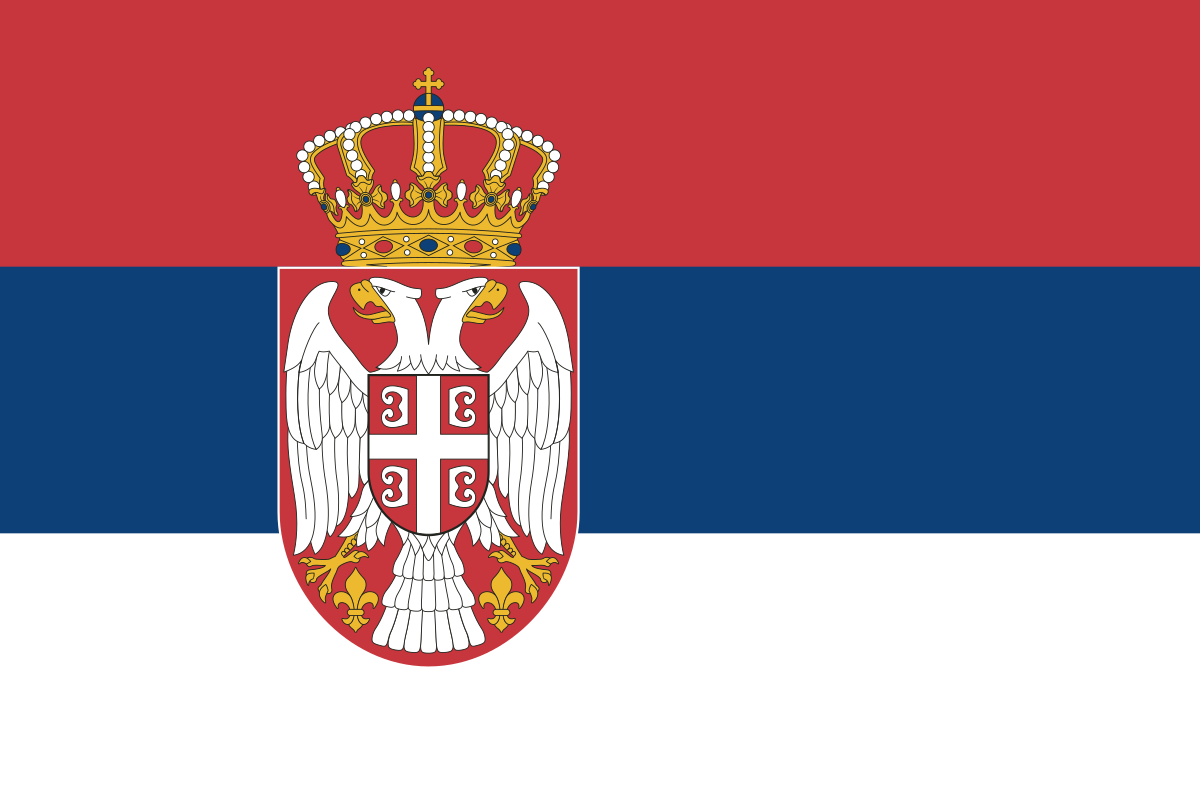There are many reasons that can prompt people to change their country. Among them are security, poverty, human rights, and climate change.
As of January 1, 2021, there were 23.7 million people from outside countries living in the European Union, according to Eurostat data. This represents 5.3% of the population of the EU.
What Migration Is
Migration is the movement of people from one place to another with the intention of settling down. It can be voluntary or forced and can be due to various reasons—economic, environmental, or social.
Reasons for Migration
The reasons why people migrate to Europe are important for formulating policies regarding them. Factors that drive people to want to leave their country are significant, as well as factors that make a particular country especially attractive.
Socio-Political Factors
Persecution on ethnic, religious, racial, political, or cultural grounds are common motives for leaving one’s home country. Another important factor is the presence of military actions or the (threat of) conflict and persecution by the state.
Those fleeing armed conflicts, human rights violations, or persecution are often refugees for humanitarian reasons. Many countries take a more liberal approach to such migrants. They usually head towards the nearest safe country that accepts people seeking asylum.
The basis of international humanitarian law is the Geneva Convention, which defines how civilians should be treated during armed conflicts and how to minimize the consequences for them.
In recent years, many people have turned to Europe due to conflicts, terrorism, and persecution in their home countries. Out of 384,245 people who received international protection in the EU in 2022, over a quarter came from war-torn Syria, followed by citizens of Afghanistan and Venezuela.
Demographic and Economic Factors
Demographic changes can prompt people to seek opportunities in other countries. Population growth or decline, aging, or rejuvenation affect economic growth and job prospects both in migrants' home countries and in the countries they aspire to.
Demographic and economic migration is associated with poor labor standards, high unemployment, and a generally unfavorable economic situation in a given country. Prospects for higher wages, quality education, better job opportunities, or a higher standard of living attract many people, especially if conditions in their country are visibly deteriorating.
According to the International Labour Organization, the number of people who migrated for work purposes was around 169 million worldwide in 2019, representing more than two-thirds of all international migrants. Over 67% of these migrant workers moved to high-income countries.
Environmental Factors
The environment has always been a migration factor—natural disasters such as floods, hurricanes, and earthquakes can destroy people's property and force them to relocate. Climate change leads to even more devastation.
According to the International Organization for Migration, "environmental migrants are those who, due to sudden and progressive changes in the environment that adversely affect living conditions, are compelled to leave their usual homes temporarily or permanently and who move within their country or abroad."
It is difficult to assess how many environmental migrants there are worldwide since other factors like population growth, poverty, human rights, and conflicts also play a role. Estimates suggest that by 2050, they could range from 25 million to 1 billion people.
What the European Union Does
Facilitating Legal Pathways for Work in the EU
The European Union seeks to create conditions for migration in the EU through legal pathways. This would help address labor shortages in certain sectors and stimulate economic growth.
For migrant workers, there are various opportunities:
- The EU Blue Card is a permit that allows people from other countries to work and live in an EU country. To obtain such a card, citizens of third countries must have the necessary qualifications and a job offer that includes a salary above a certain level.
- The single permit allows for both work and residence and is issued for a period of up to two years.
- The right to long-term residence allows foreigners to live and work in the EU for an unlimited period.
New EU Pact on Migration
Effective management of migration flows and protection of external borders have been EU priorities for years. In April 2024, the European Parliament approved an agreement with the Council to update the overall legal framework of the EU on migration and asylum.
The pact establishes faster and more effective procedures in the EU. It modifies the rules in the Dublin Regulation, which determined which country was responsible for examining each asylum application.
One of the pillars of the system is the sharing of responsibility for asylum seekers. EU countries will be able to contribute in various ways: by accepting asylum seekers from the member state where they have arrived, through financial contributions, or by providing operational or technical assistance.
The new pact emphasizes solidarity among countries and flexible forms of support that can become requirements in times of crisis.
Once the new rules come into effect, EU countries will have two years to implement them into their national legislation.




